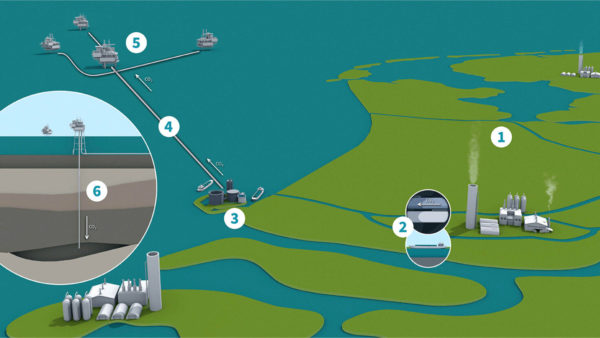British consulting engineer Arup has done the front-end engineering design for a tunnel system in the Netherlands to be used to dispose of greenhouse gases caught in industrial carbon capture and storage (CCS) schemes, the Energyst website reports.
The tunnels will convey the harmful gases to depleted oil and gas fields in the North Sea, where they will be “sequestered”.
The so-called Aramis project is being built in Rotterdam by European oil and gas companies TotalEnergies, Shell, Energie Beheer Nederland, and Gasunie.
The Dutch government has allocated €6.7bn to eight carbon capture and storage (CCS) projects that will use Aramis.
The project has received a €124m subsidy from the European Commission.
The first customers will be the large number of industrial and chemical plants located close to the Port of Rotterdam.
Arup was employed by UK energy services company Petrofac, which was hired by TotalEnergies to design the system’s 32-inch trunkline, including onshore, landfall and offshore sections, together with the offshore distribution platform. This began in January and is now complete.
The firm has to overcome several construction and ground condition challenges, including devising a way to retrieve the tunnel boring machine.
Mark Neller, energy leader at Arup, said: “The Aramis project represents an important step in the development of carbon capture and storage systems in Europe.”
He said Arup’s expertise was integral to the design of the 2km trenchless undersea tunnel from the Port of Rotterdam.
Subscribe here to get stories about construction around the world in your inbox three times a week
Further reading
The post Arup designs Dutch tunnel system to get rid of greenhouse gases appeared first on Global Construction Review.


